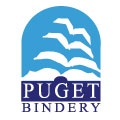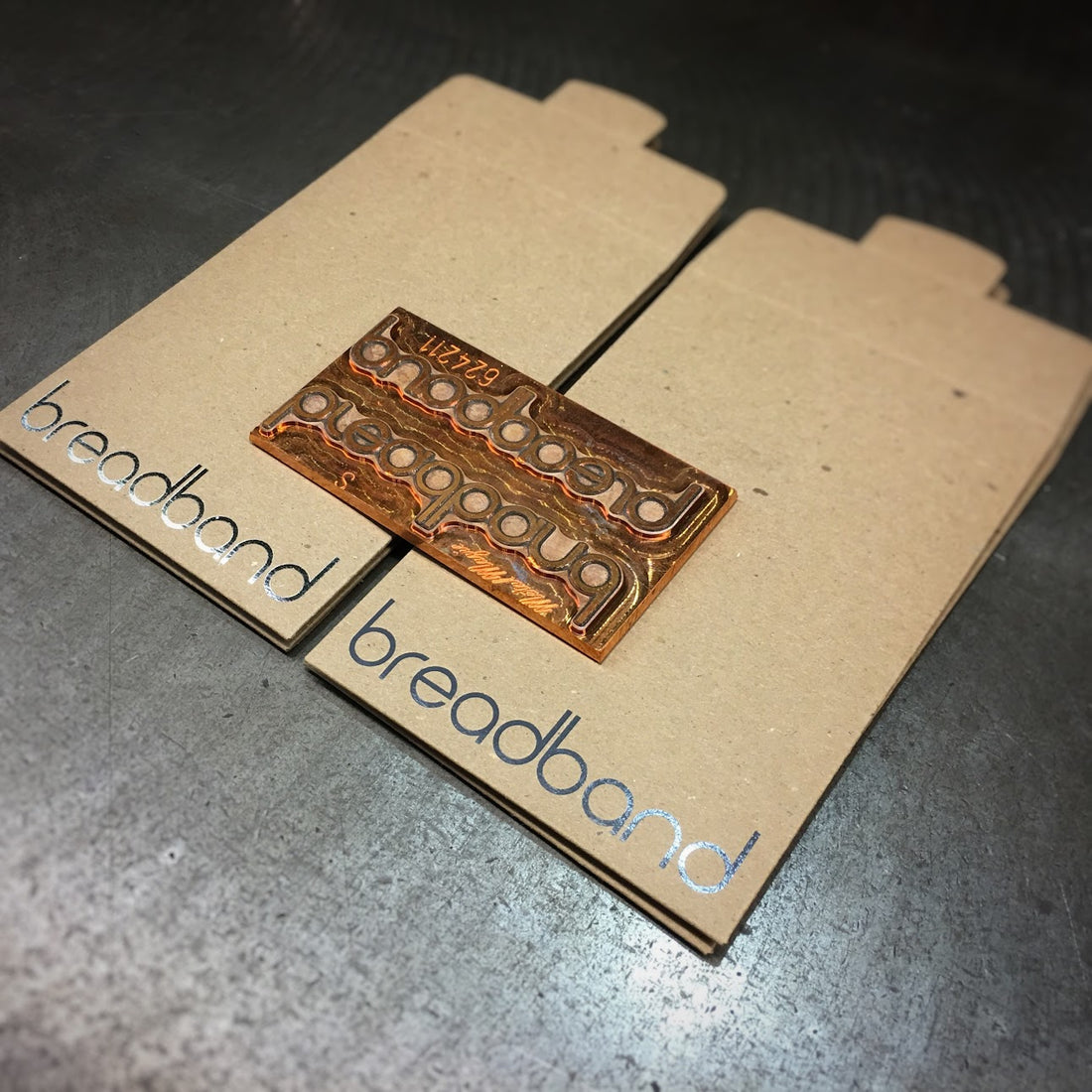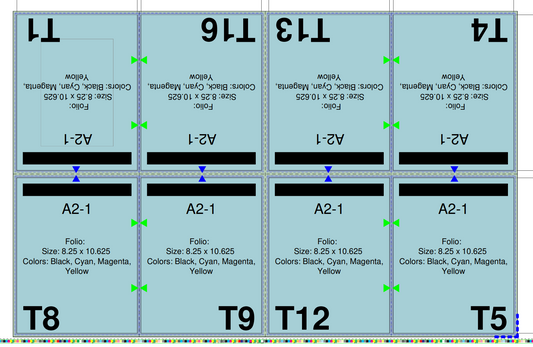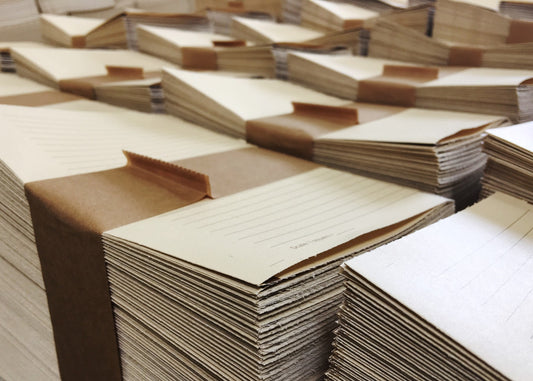Hot Stamping Foil: A Comprehensive Guide
Hot stamping foil (HSF) is a specialized film consisting of multiple layers of coatings applied to polyester film. The layers include a polyester film (carrier), a release coating, a top coat (polymers/translucent dyes for color), vacuum metallized aluminum, and an adhesive (also known as sizing).
The Process of Hot Stamping Foil
When applying heat and pressure to the HSF, a complex process begins. The release coating (Layer 2) is vaporized, which allows the other layers to be released from the polyester film. Layers 3 & 4 stay with layer 5, which flows onto the substrate where the die image has made contact with the polyester film. As the die is released from the polyester film, these same layers cool almost instantaneously before the film is stripped away, leaving layers 3, 4, and 5 on the substrate.
Manipulating Machine Variables
To process metallized hot stamping foils, you need to manipulate three variables of the machine: pressure, heat, and dwell time or press speed. These variables work together, and manipulating one factor affects the other two. The die impression should be uniform across the sheet, and if stamping multiple images on one sheet, they should be individually make-readied to achieve consistent, even pressure. Once the sheet has even impression, adjust the heat to achieve complete transfer. Dies lose a small amount of heat during a run, so you will need to compensate for that. When the machine is idling, die temps are on the high end, so the first few sheets may come out with excess foil in unwanted locations. As you start to run, the die face temperature will stabilize into its “running temperature” by cooling down a little each stamp, and the excess foil should disappear. If you are running at the selected press speed, then you are ready to go. To achieve increased output, increase the speed of the press. However, as you increase the speed of the press, the effective heat transferred will be less, so you will need to increase the heat to match the speed of the press.
Make-Ready Materials
When it comes to make-ready materials, there are various types of make-ready products available. However, there are four types of make-ready "boards" that should be in your shop. It's important to note that these boards can "take a set" or impression into the material, which may lead to problems on your current image. For very fine detail, use a super hard epoxy glass board, which is translucent white/green. Replace it once you can feel any impression. For medium detail, use a medium-hard phenolic board, which is brown. Replace it once you can feel any impression. For larger images, use a soft polyurethane board, sometimes referred to as Urethane board or black board due to its color. Replace it every new job. For very large solids, use a super soft make-ready blanket, which is blue with a woven backer. This material should be replaced when worn out. In addition to these materials, there is a make-ready tape or "spot up" tape that is a must-have. This tape is specifically made for building up areas on the make-ready to ensure adequate impression for complete foil transfer.
Machinery Calibration
Achieving an even impression across the platen is crucial to reducing make-ready time. When it comes to machinery, one of the first things you should do with your press is to check each individual heating zone on the platen to ensure accurate temperature readings. One of the most common problems with multi-zone heated platens is that the zonal controller's readouts do not represent the actual temperature of that zone.




